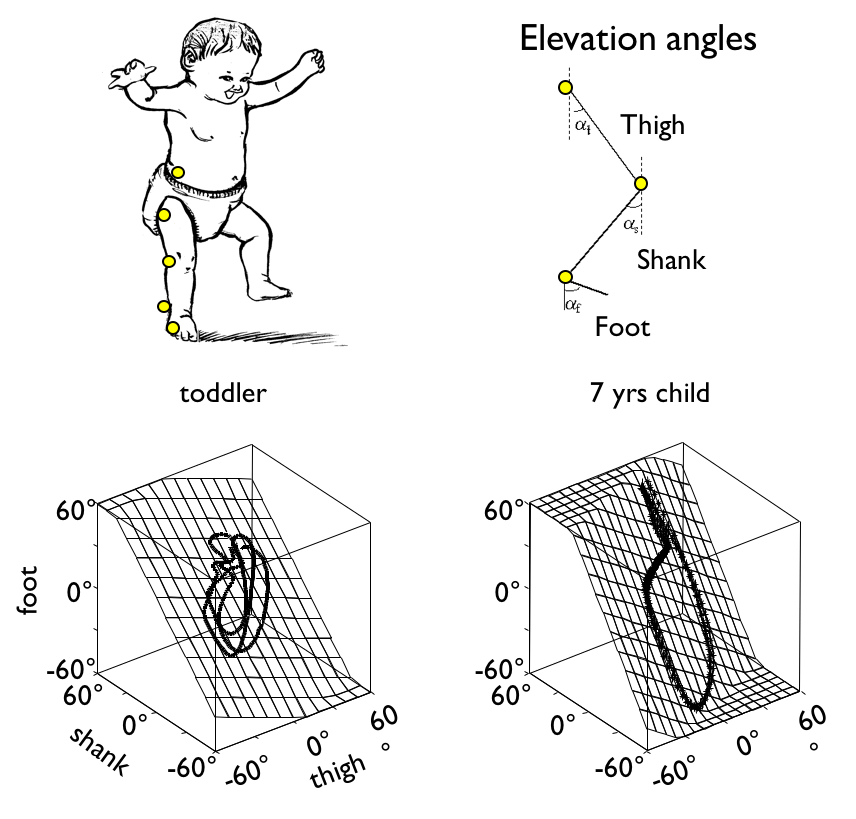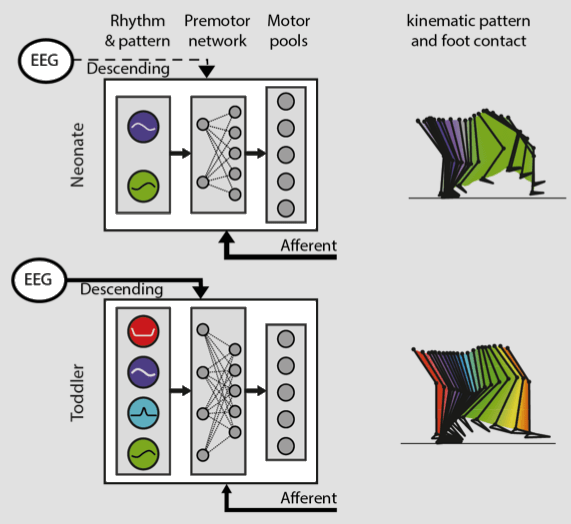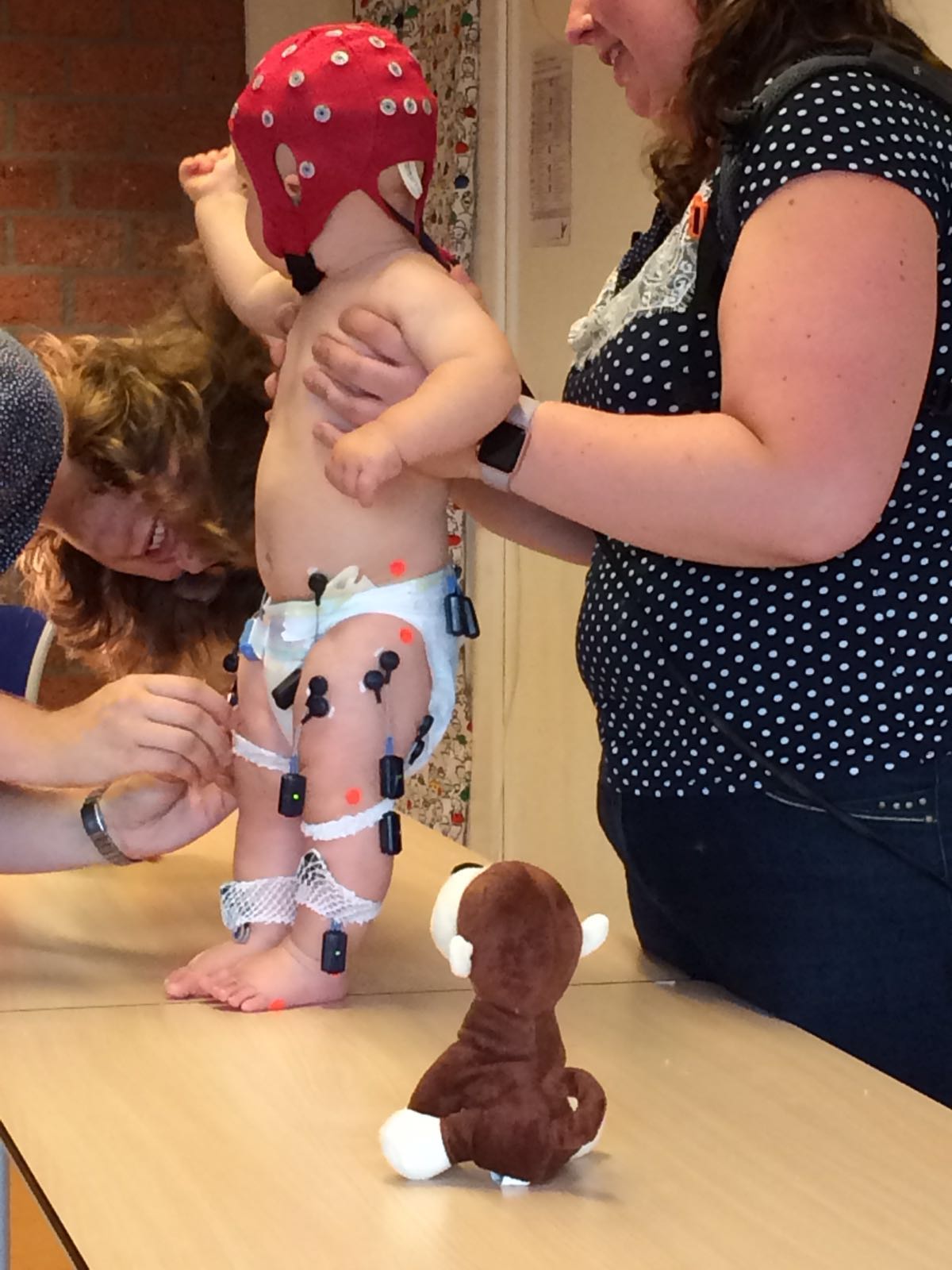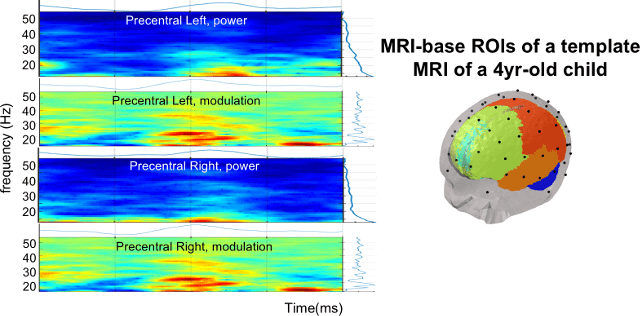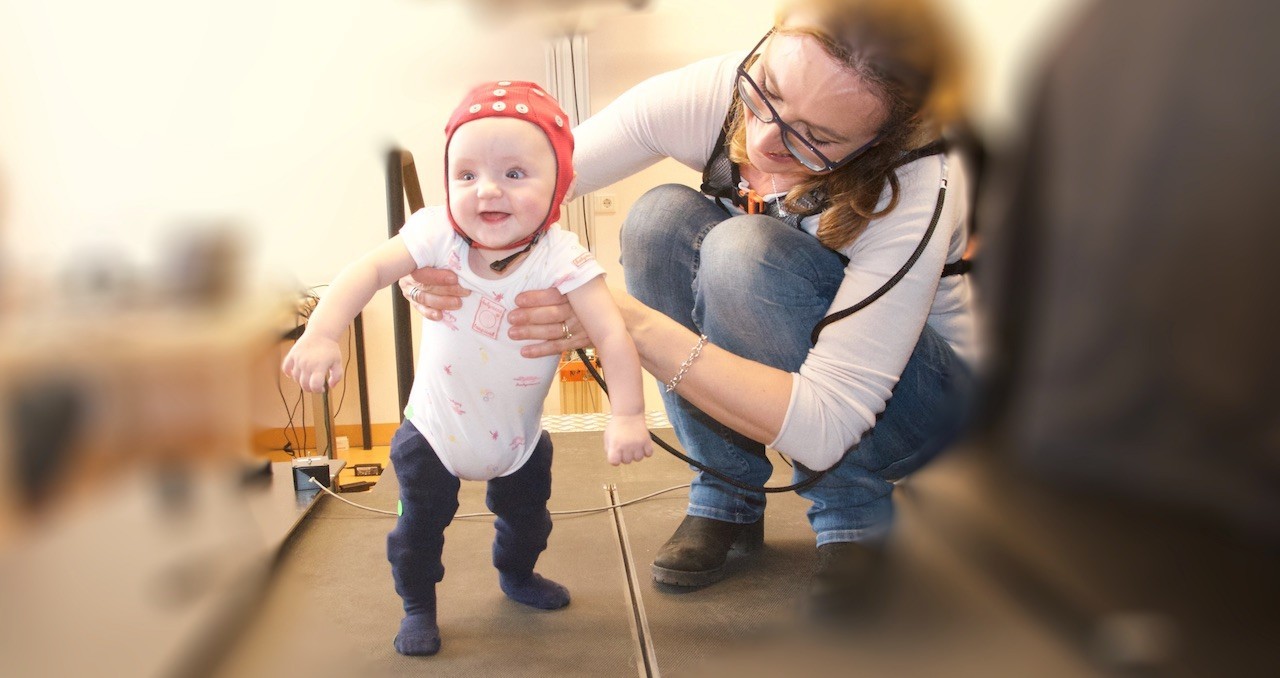
Learn2Walk – Brain meets spine
THE NEURAL ORIGIN OF TODDLERS’ FIRST STEPS
We have an ‘instinct to walk’ from the moment we are born, and even before as those who have held a neonate standing on a table know well: a primitive reflex hardwired in our neural circuitry coined ‘stepping reflex’. It take a while, however, before we can walk independently. Is the development of walking an emergent property, indicative of spontaneously changing cortico-muscular interaction?
In this project, we plan to answer this question by studying the interplay between brain and muscular activity at the onset of independent walking.
- We perform a combined analysis of the muscular and brain activity in healthy children, to unravel the processes underlying the emergence of basic patterns.
- We characterize the evolution of the cortico-muscular coherence during the emergence of walking.
- We probe these findings in the presence of cerebral palsy.
Project Parameters
Launch Date: Feb, 2017
Duration: 5 Years
Funding: ERC – Starting Grant
The main drive of this research is to exploit fundamental insights into locomotor control
to promote normal walking in children with locomotor impairments.
Approaches
Simultaneous assessment of kinematic, EEG, and EMG activation patterns in children will enable us to devise diagnostic and rehabilitation procedures for motor impaired children.
This research will lead to important societal benefits by providing a tool to assess existing locomotor rehabilitation techniques and by pioneering a new rehabilitation protocol tailored on individual patients and their specific locomotor impairment.
Related PhD Projects
NEURAL ORIGIN OF THE DEVELOPMENT OF INDEPENDENT WALKING IN TYPICALLY DEVELOPING CHILDREN
Coen Zandvoort & Nadia Dominici
We aim to unravel the pivotal neural triggers underlying the emergence of gait. We longitudinally follow a group of typically developing infants and toddlers throughout the first two years of their lives.
Related Research Themes & Projects
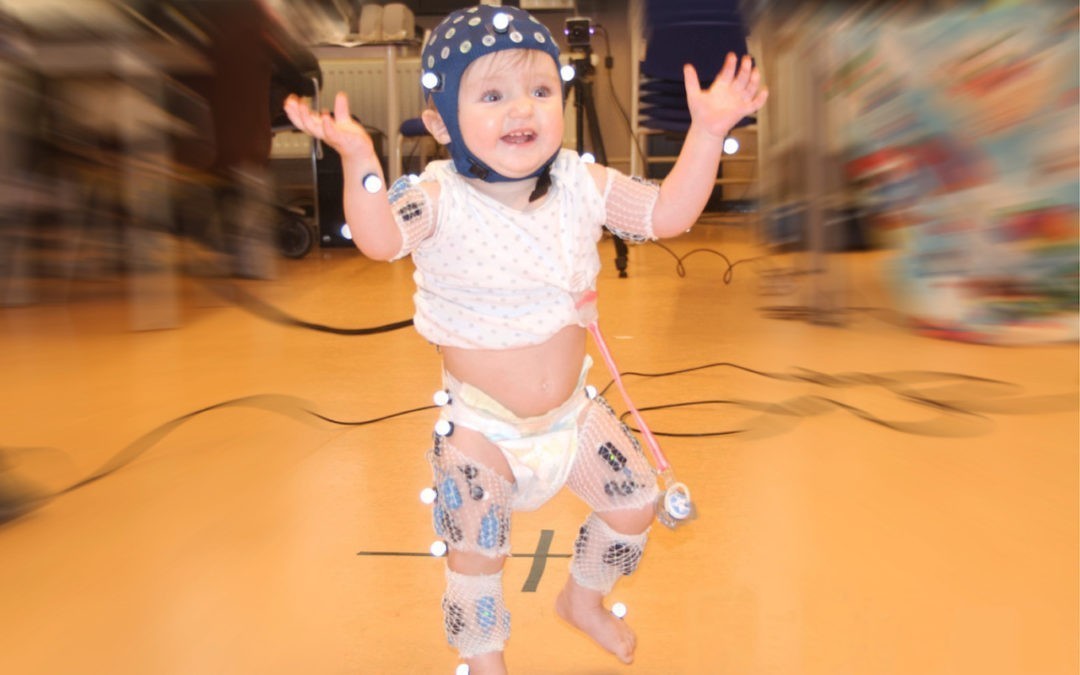
FirSteps – The Emergence of Walking in Children
The first independent step of a child may be small, but it represents a giant leap for its development. This project addresses the emergence of coordination patterns and motor primitives or muscle synergies in typically developing children and in children with cerebral palsy.
Like What You See?
